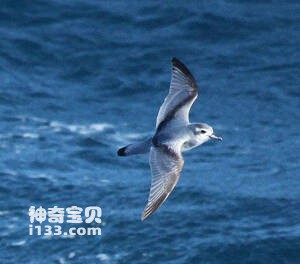
Pachyptila desolata
Pachyptila desolata,Dove Prion
Pachyptila desolata, Dove Prion, is unknown.Protect wild animals and elimina···
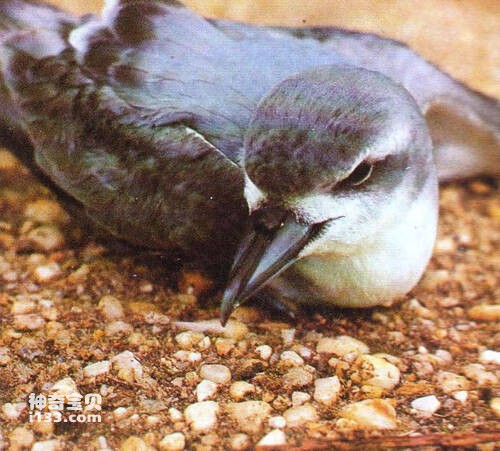
Pachyptila salvini
Pachyptila salvini,Salvin's Prion
Pachyptila salvini (Salvin's Prion) is a bird of the genus Pachyptila in···
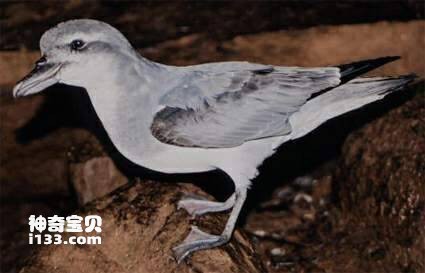
Pachyptila vittata
Pachyptila vittata,Broad-billed Prion
Pachyptila vittata, or Broad-billed Prion, is unknown.Protect wild animals a···
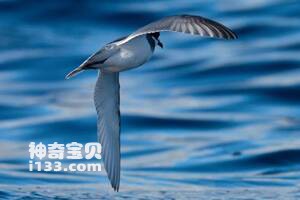
Halobaena caerulea
Halobaena caerulea,Blue Petrel
Halobaena caerulea, also known as Blue Petrel, is a small seabird of the Pet···
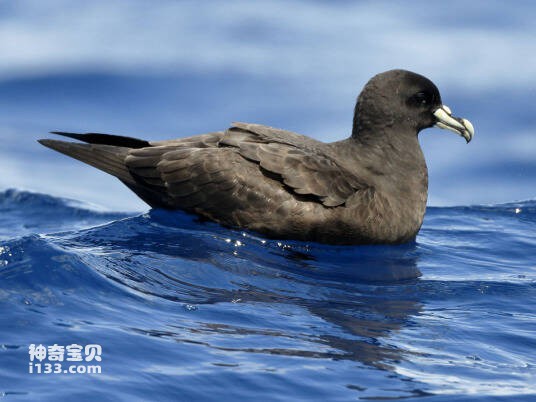
Pterodroma macgillivrayi
Pterodroma macgillivrayi,Fiji Petrel
The behavior of the Fiji Petrel (Pterodroma macgillivrayi, Fiji Petrel) is u···
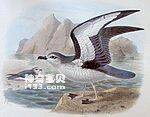
Pterodroma pycrofti
Pterodroma pycrofti,Pycroft's Petrel
New Zealand Shearwater (Pterodroma axillaris) Pycroft' s Petrel is a med···
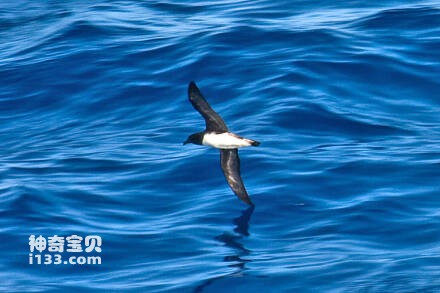
Pterodroma longirostris
Pterodroma longirostris,Stejneger's Petrel
Longbill shearwater (Latin scientific name: Pterodroma longirostris) foreign···
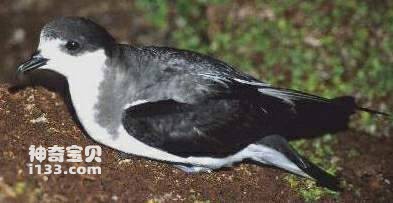
Pterodroma axillaris
Pterodroma axillaris,Chatham Petrel
The Chatham Petrel (Pterodroma axillaris) is a non-breeding species that roa···

Pterodroma nigripennis
Pterodroma nigripennis,Black-winged Petrel
The Black-winged Petrel (Pterodroma nigripennis, black-winged Petrel) is rel···
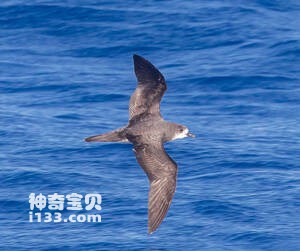
Pterodroma hypoleuca
Pterodroma hypoleuca,Bonin Petrel
Its scientific name is Pterodroma hypoleuca, and its foreign name is Bonin P···
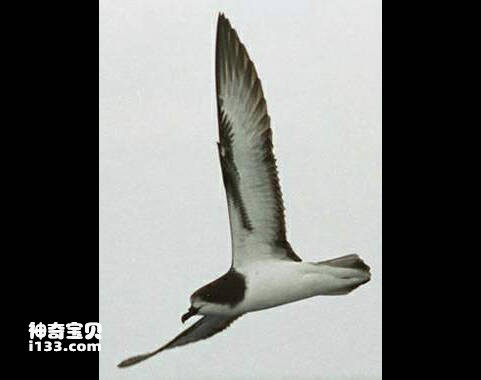
Pterodroma leucoptera
Pterodroma leucoptera,Gould’s Petrel
Pterodroma leucoptera (Latin name: Pterodroma leucoptera, English name: Goul···
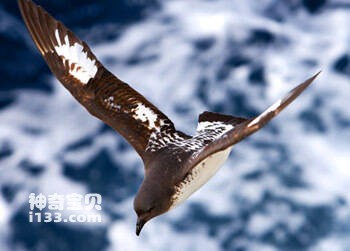
Pterodroma defilippiana
Pterodroma defilippiana,Defilippe's Petrel
Pterodroma defilippiana, Defilippe' The species feed on invertebrates su···
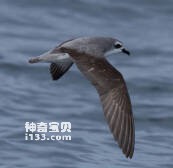
Pterodroma cookii
Pterodroma cookii,Cook's Petrel,Fardela blanca de Cook,Fardela blanca de Más a Tierra,Fardela de Cook,Petrel de Cook
Black-footed petrel (Latin scientific name: Pterodroma cookii) foreign name ···
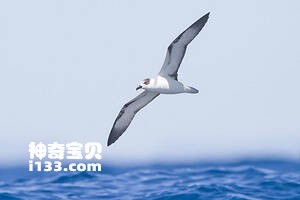
Pterodroma cervicalis
Pterodroma cervicalis,White-necked Petrel
White-necked Petrel (Pterodroma cervicalis) has two subspecies.White-necked ···
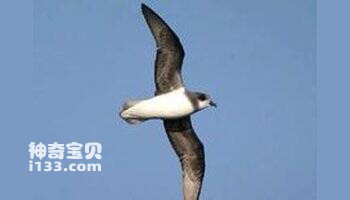
Juan Fernandez Petrel
Juan Fernandez Petrel,Pterodroma externa
Pterodroma externa (Juan Fernandez Petrel) lays 1(rare 2) eggs per clutch, w···
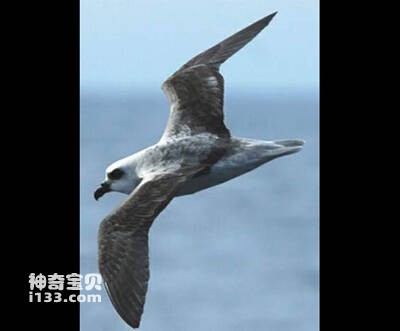
Pterodroma phaeopygia
Pterodroma phaeopygia,Dark-rumped Petrel
Its scientific name is Pterodroma phaeopygia, and its foreign name is Dark-r···
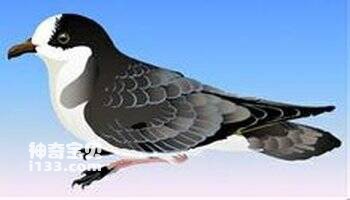
Pterodroma baraui
Pterodroma baraui,Barau's Petrel
Its scientific name is Pterodroma baraui and its foreign name is Barau&#···
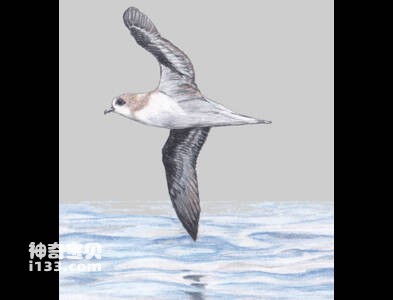
Pterodroma madeira
Pterodroma madeira,Zino’s Petrel
The madeira Shearwater (Latin name: Pterodroma madeira, English name: Zino&#···
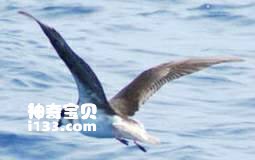
Pterodroma feae
Pterodroma feae,Cape verde Petrel
Cape verde Petrel, Pterodroma feae, feeds on fish and crustaceans. Specific ···
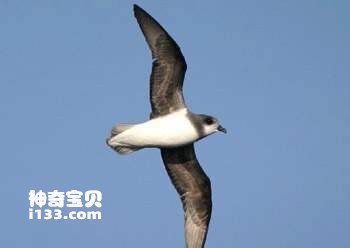
Pterodroma mollis
Pterodroma mollis,Soft-plumaged Petrel
Its scientific name is Pterodroma mollis, and its foreign name is Soft-pluma···
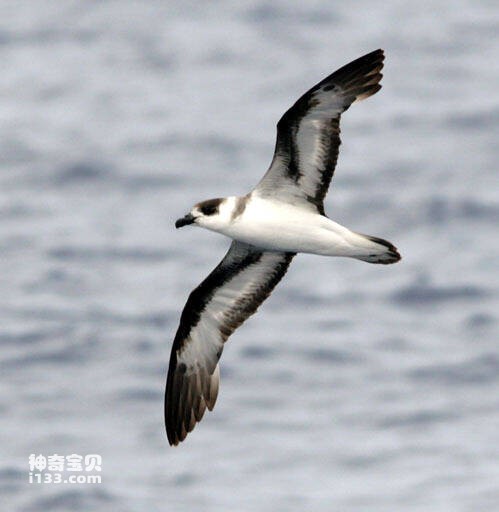
Pterodroma arminjoniana
Pterodroma arminjoniana,Herald Petrel
Messenger's scientific name is Pterodroma arminjoniana, the foreign name···
